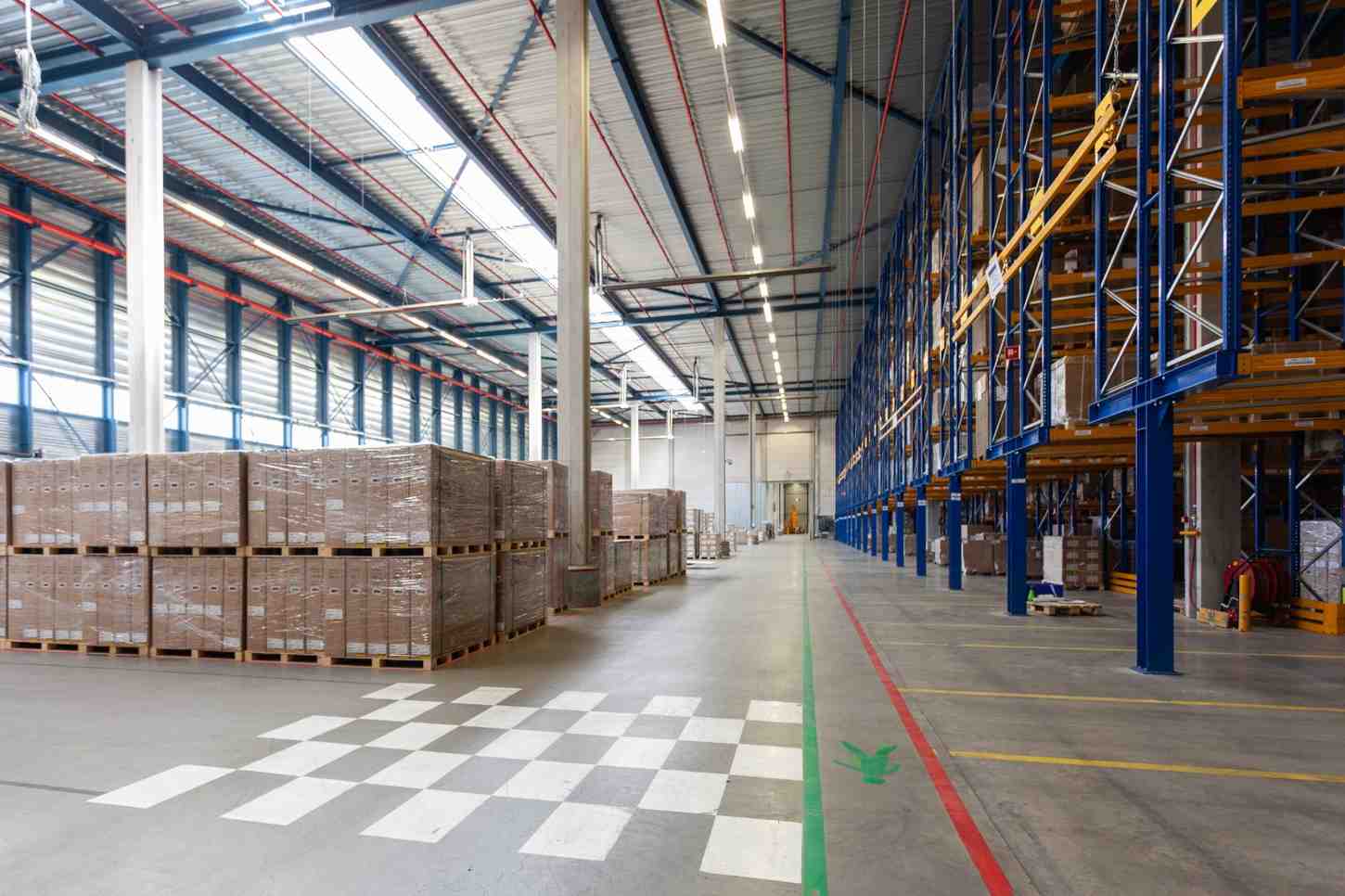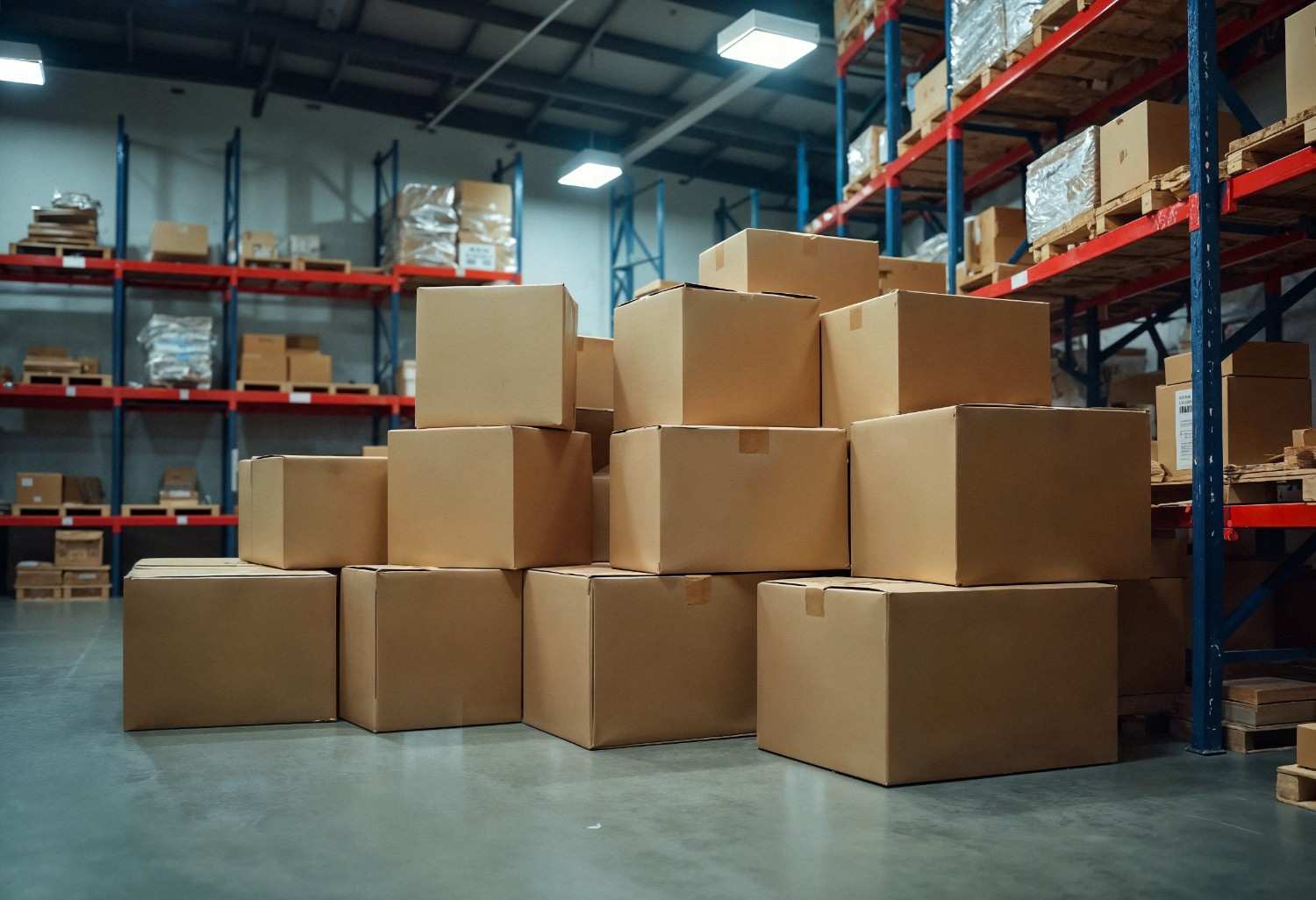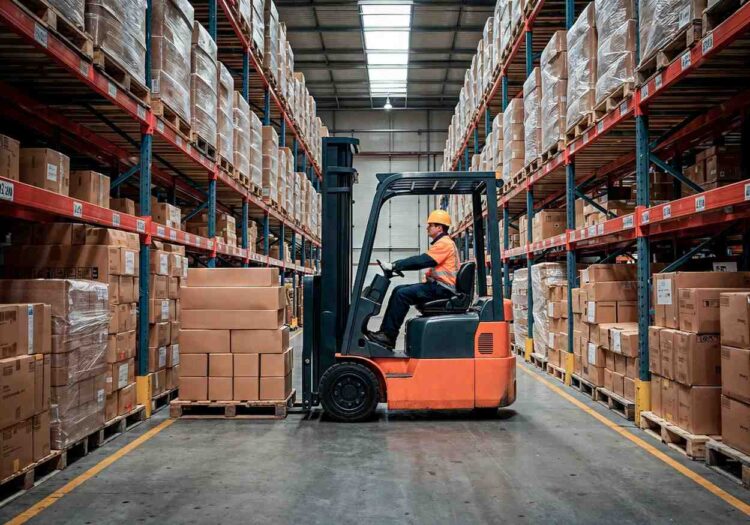Opening a warehouse is more than just setting up racks and filling them with inventory. It’s a strategic move that can streamline your supply chain, improve customer satisfaction, and support business growth. But before the first box arrives, careful planning and preparation are crucial. From location decisions to operational details, every step affects efficiency, cost, and long-term success. Here’s what you need to know before opening a warehouse.

1. Location is Everything
The warehouse’s location can make or break its effectiveness. A well-placed facility minimizes transportation costs, reduces delivery times, and positions your business closer to suppliers or customers.
- Proximity to customers: If fast shipping is a priority, choose a location close to your primary customer base.
- Transportation access: Easy access to highways, ports, airports, and railways helps keep distribution smooth.
- Labor availability: A warehouse won’t run itself; you’ll need a reliable workforce nearby.
- Cost factors: Balance rental or land costs with potential savings in logistics.
Think of your warehouse as a hub: it should be strategically located to keep goods moving quickly and affordably.
2. Building Design and Layout
Once you’ve chosen a site, the next step is designing the warehouse. Layout directly impacts efficiency, safety, and scalability.
- Flow of goods: Plan for smooth movement from receiving to storage to shipping. Avoid bottlenecks by creating wide aisles and logical pathways.
- Storage systems: Decide between shelving, pallet racks, or automated systems depending on product type and turnover rate.
- Future growth: Build with expansion in mind. A warehouse that can’t adapt to increased demand will quickly become a liability.
- Technology integration: Incorporate space for conveyor belts, robotics, or automated sorting if they’ll be part of your operations.
A well-thought-out blueprint saves countless hours of frustration once the boxes start moving in.
3. Regulatory and Safety Compliance
Warehouses must operate within strict local, state, and federal regulations, and overlooking these requirements can result in expensive fines or project delays.
- Zoning approvals: Verify that the property is properly zoned for warehouse operations before moving forward.
- Building codes: Ensure compliance with fire safety standards, proper ventilation, and accessibility requirements.
- Workplace safety: OSHA regulations mandate safe storage practices, employee training on equipment, and clear emergency procedures.
- Environmental compliance: Businesses may need permits for waste disposal, emissions, or hazardous materials. In Utah, this often includes following Stormwater Pollution Prevention Plan (SWPPP) requirements to manage runoff and protect local water sources. Partnering with professional SWPPP services in Utah ensures your facility meets these environmental standards.
By prioritizing compliance from the beginning, you safeguard your business, protect your workforce, and avoid costly setbacks down the road.
4. Technology and Inventory Management
Modern warehouses rely heavily on technology to run efficiently. Choosing the right systems early on can prevent costly changes later.
- Warehouse Management System (WMS): Tracks inventory in real time, reduces errors, and improves order accuracy.
- Barcode and RFID scanning: Speeds up receiving, picking, and shipping.
- Automation: From robotic pickers to automated guided vehicles, technology can cut labor costs and increase productivity.
- Integration: Ensure your warehouse software works seamlessly with your sales and accounting platforms.
Without reliable systems, even the most organized warehouse can quickly spiral into chaos.
5. Staffing and Training
People remain at the heart of warehouse operations. Hiring and training the right team ensures smooth daily workflows.
- Roles to fill: Beyond general laborers, you’ll need supervisors, safety officers, and inventory specialists.
- Training programs: Proper instruction in equipment handling, safety protocols, and software systems minimizes accidents and boosts productivity.
- Retention strategies: Warehousing often has high turnover; offering fair wages, benefits, and a positive work culture keeps skilled employees on board.
Your workforce is as important as your warehouse design—invest in them wisely.
6. Operational Costs and Budgeting
Opening a warehouse requires significant financial planning. Beyond construction or leasing costs, there are ongoing expenses to consider.
- Utilities: Heating, cooling, and lighting large spaces can be costly.
- Maintenance: Equipment and building upkeep require regular investment.
- Insurance: Protects against accidents, natural disasters, and liability claims.
- Technology and equipment: Forklifts, scanners, and software aren’t one-time costs—upgrades and replacements are inevitable.
Creating a detailed budget ensures there are no surprises once the warehouse is operational.
7. Scalability and Long-Term Strategy
A warehouse should grow with your business. Before opening, consider how your facility will handle future changes.
- Flexible layouts: Modular racking or movable walls allow adjustments as inventory needs shift.
- Technology upgrades: Build infrastructure that can accommodate future automation or AI tools.
- Expansion options: Select a site with room to expand the building or add auxiliary facilities.
Planning for growth keeps your warehouse from becoming obsolete as your business evolves.

Final Thoughts
From the blueprint stage to the moment the first shipment leaves, opening a warehouse requires careful consideration of location, design, compliance, technology, staffing, and costs. A warehouse isn’t just a storage space—it’s a vital part of your supply chain that directly impacts efficiency, profitability, and customer satisfaction.
By planning thoroughly and thinking long-term, you’ll transform an empty building into a powerful logistics hub—ready to take your business from blueprint to boxes with confidence.




